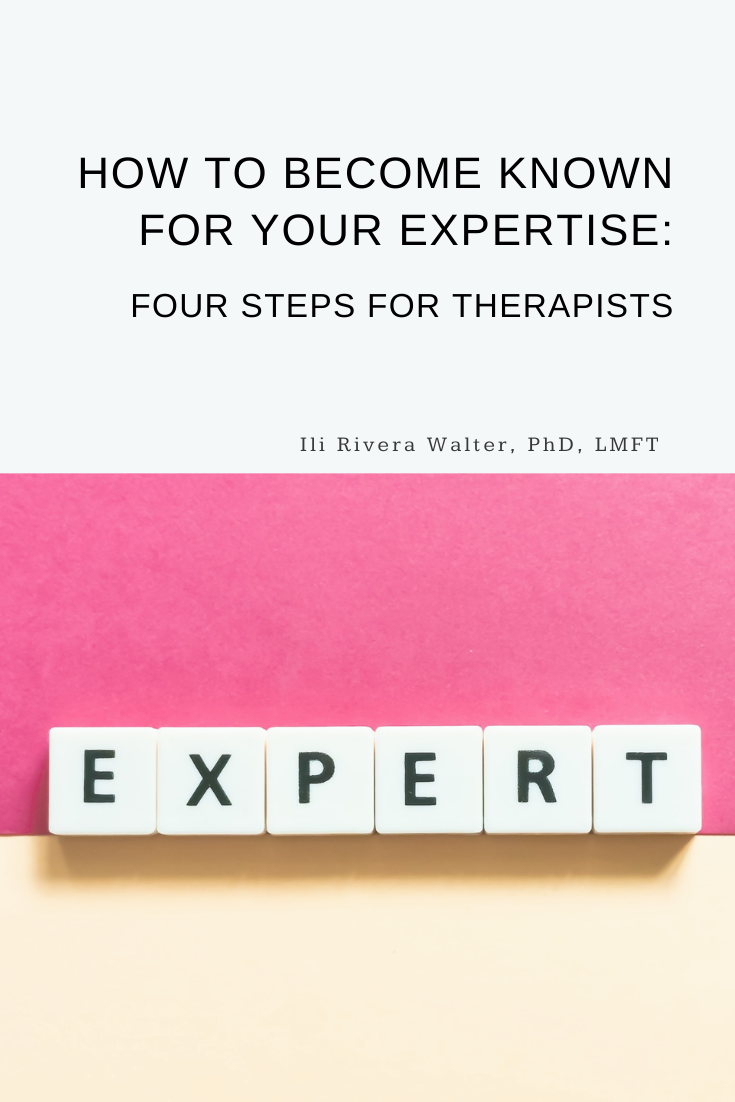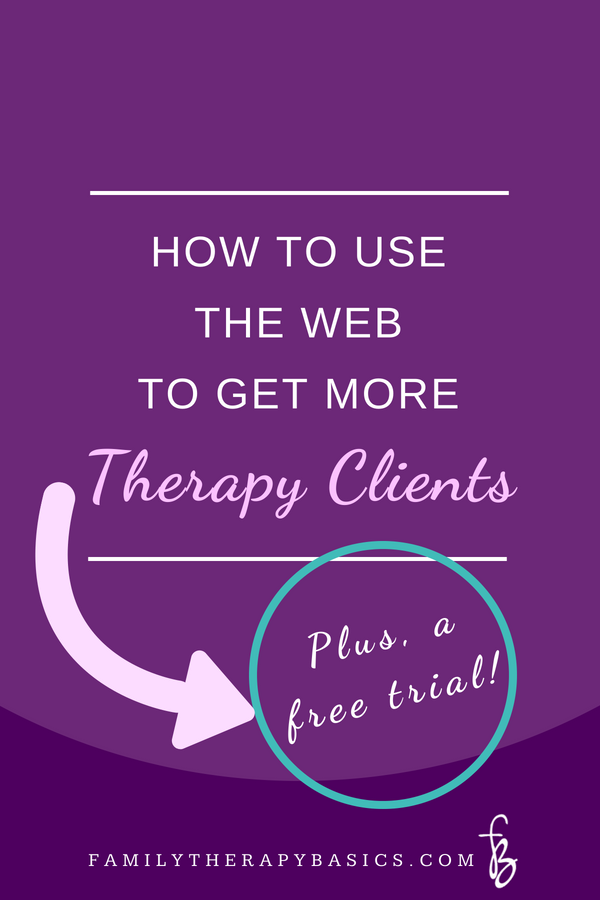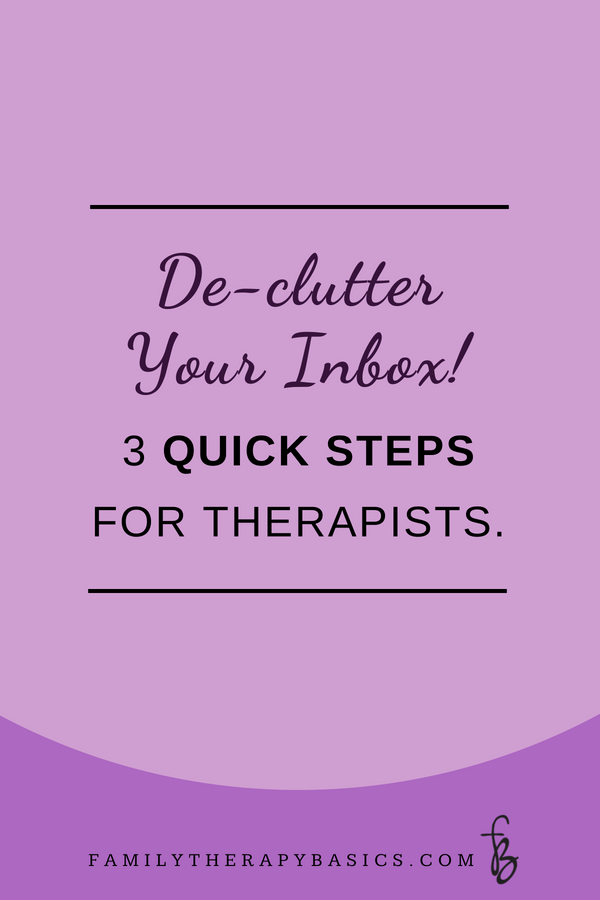This week's post is a personal one. As the year wraps up, I want to let you in on what I've done this year, and how I've done it, in the hopes that my online story will be helpful to you as you create your work, figure out your next professional steps, and develop a vision for the coming year. Today, I am letting you know 10 steps I took to establish an online presence before I hit "publish" on my website.
1 | I listened to podcasts
Once I realized that I wanted to expand my work beyond traditional private practice, I began listening to podcasts. I had subscribed to Pat Flynn’s Smart Passive Income (SPI) podcast (I can’t remember where I first heard of it) years before, but I never listened to it. I started listening to the podcast nonstop. I can't say enough about how helpful SPI has been for generating ideas, answering questions, and providing professional vision. This is the only podcast I listened to for a while, and I learned a TON. While I listened, I naturally gravitated towards specific business models and ideas, while I disregarded others. I focused my energy on learning more about what interested me.
These were some of my favorite SPI episodes, because they were relevant to my field, business interests, and needs:
2 | I signed up for free stuff
Certain featured guests on SPI offered free products, including video series, checklists, and guides, in exchange for signing up for their email lists (a.k.a. opt-ins). I signed up for any guest's list that could offer me information that would solve one of my current problems. This is how I learned best practices for designing my website, starting an email list, and improving my social media strategies.
3 | I subscribed to blogs
I absorbed information on business and online presence. I did not go overboard, which I think is a common mistake when you're starting out; it can lead to feeling overwhelmed and giving up.
I followed a few online business blogs and a few related to personal interests. I paid attention to the blog owner's email content and saved emails with great ideas or templates that could be helpful to me once I was ready to engage with future subscribers via e-mail. I also signed up for Bloglovin'; it's a great tool for reading blogs in one place and making sure I don't miss a post (which can easily happen in my inbox). If you start a blog, it's also an easy way for readers to find you.
One of my favorite blogs, that I've followed for some time, is Lauren Hooker's blog at Elle & Company. It continues to be a source of information that I return to regularly for learning how to enhance my online presence and grow my audience.
4 | I joined Facebook groups
Okay, with Facebook groups, I DID go overboard. But, over time, I sifted and stayed in the most useful groups for me. I discovered one of my favorite groups, Boss Moms, on SPI. If you're a mom in business, I highly recommend it. (I have a Fall 2016 list of my favorite Facebook groups for therapists in the free Resource Library).
When I started joining Facebook groups, I still wasn't sure what type of online presence or business I wanted to develop. I had narrowed my niche to two possibilities, and I was leaning toward one specific business model. Interacting in groups influenced my final choices, because members were willing to give me feedback and advice.
You don't have to have all, or any, of the answers. If you begin learning, observing, and engaging, the right answers for you will come.
5 | I "dissected" websites
Since I was spending a lot of time learning how to develop an online presence, I also took the time to think like a website visitor and designer. When I stumbled upon a website that felt welcoming and peaked my curiosity, I spent time trying to understand what made the site compelling, and I kept a list of ideas related to navigation, colors, blog sidebar content, free offers, etc.
I knew that I was personally going to design my site (i.e. DIY), but I also knew that by learning from others' websites I could design mine in a way that led to engagement and allowed me to easily develop fans and e-mail subscribers (i.e. I could optimize my site). Some of the sites that generated design ideas were:
While the home page on a site is important, I made sure to notice the "internal" pages, as well as the footers, calls to action, and social media buttons. In this way, I learned the importance of communicating directly with you--my website visitors--on every page.
6 | I created 3 high quality opt-ins
What is an opt-in? An opt-in is a free piece of content (a checklist, guide, e-book, video training, etc.) that you offer website visitors in exchange for their e-mail address. Visitors know they are signing up for your e-mail list in order to get this free resource. Opt-ins should be relevant to and useful for your ideal audience.
I created a First Session Checklist (a downloadable pdf), a Build Your Skills Bundle (several pdfs along with articles), and a Find Your Niche List (a long list of resources, categorized by topic). All 3 opt-ins are featured on the Welcome page of the Family Therapy Basics site, just below the fold. I learned about this technique (the upside down Home Page) from Lauren Hooker's article, which was based on Bryan Harris' e-mail list building techniques (pdf).
7 | I began creating my website
I've had self-hosted websites in the past, using Wordpress. For this new venture, I wanted something simple that looked beautiful and made integrating with email, social media, and other systems seamless and easy. I chose Squarespace, and I used all the knowledge I learned from earlier steps to design a simple, inviting website that made it easy for visitors to stay, engage, and subscribe.
I am still a rookie when it comes to the online presence game, but, in two months I grew a larger e-mail list than colleagues who had been online for more than a year. I owe this to the free information I found through podcasts, Facebook groups, and blogs.
My goal was not to have a large audience, it was to make sure that those that could benefit from my work would be able to find me, as well as the resources I offered to make their lives easier. I wanted the size of my audience to reflect the value I provided. I kept this in mind as I designed my website.
8 | I signed up for an e-mail management system
An email management system (e.g. Mailchimp, Convertkit, AWebber, etc.) collects e-mail addresses, organizes them, and simplifies e-mail sending, among other things. Many systems have a free version you can use until you have a certain number of subscribers. Because I knew that I wanted to optimize my website for subscribers, I signed up for ConvertKit before I launched. I needed a system that would grow with me as I built my online presence. I use ConvertKit to deliver my opt-ins, collect e-mail addresses, and send my weekly newsletter, News + Notes.
9 | I optimized my social media profiles
Before I launched Family Therapy Basics, I had all the social media profiles. Okay, maybe not all, but I already had Pinterest, Twitter (2 accounts), Instagram, Google+, LinkedIn, and Facebook. I didn't want to sign up for more accounts, so instead, I made a few changes to my profiles. Here are the details:
Pinterest: I switched my personal account to a business account and updated my profile picture and description. I made all of my personal boards secret boards, so that my page would be specific to my current work. Pinterest is the #1 way potential readers find out about Family Therapy Basics.
Twitter: I had a personal and business account (for my private practice). I decided to keep my personal account. I asked business account followers to find me at my personal account. I still have not deleted the business account, but I no longer use it. I also updated my profile picture and header image.
Google+: Update: I have, since originally posting this article, created a Family Therapy Basics Google+ page.
(Original post: I have 4 gmail accounts. I posted on Google+ only from my private practice page, and as a result, it's the only page that had followers. I chose to keep posting on that account. I updated the profile and background images, and I created two new new collections where I could feature content from the Family Therapy Basics blog, as well as content specific to the mental health field.)
Instagram: I changed my username, updated my profile description, and began posting on Instagram using my brand colors and aesthetic. I didn't delete old posts, but I slowly transitioned the account to a business focus.
LinkedIn: I updated my profile and included a new profile pic. I also started a page for Family Therapy Basics.
Facebook: I launched the Get Refreshed group for therapists and mental health professionals. I did not make any other changes to my Facebook profile. I launched a business page once I opened The Refreshed Therapist Network.
I wanted to keep my social media life as simple as possible. Many people keep a set of personal and business accounts on each social media platform, but I did not want to manage more accounts. I wanted to get as much return on investment as possible with my existing accounts. If you're a beginner at social media, then I recommend you set up an account on 1-2 platforms. Expand to more platforms only when you understand and feel comfortable with your current platforms.
10 | I invested in professional photography
I decided early on that I wanted a professional image out in the online space. Approximately two weeks before I launched my site, I had a professional photo shoot styled to project a cohesive brand.
Before I received my professional photos, my website had a completely different design. Once I saw the photos, I decided to feature them on every main page. This is the difference that a professional shoot can make on your brand identity.
If you don't want to be the "face" of your brand, that's ok. I felt the same way. I wanted the focus to be the work, and I wanted therapists to relate to the images, which is more likely to happen if images are "faceless." If you look closely, my face is featured strategically and discreetly on the Family Therapy Basics site (this site). Many of my images are cropped to feature specific aspects of the shot.
Professional photos will give your website and/or social media profiles a unique look and feel that you cannot achieve with stock imagery.
Summary
If you'd like to start developing an online presence, you can begin right now, without a business or a website. Start learning and engaging with others that are succeeding in the online space, and your next steps will become clear. I hope my first steps will help you have a sense of what it takes to expand your reach by tailoring your online presence.
Let's Chat
Let me know in the comments below:
What's one thing that stood out to you from this article?
What is one question you have for me based on what you read?













